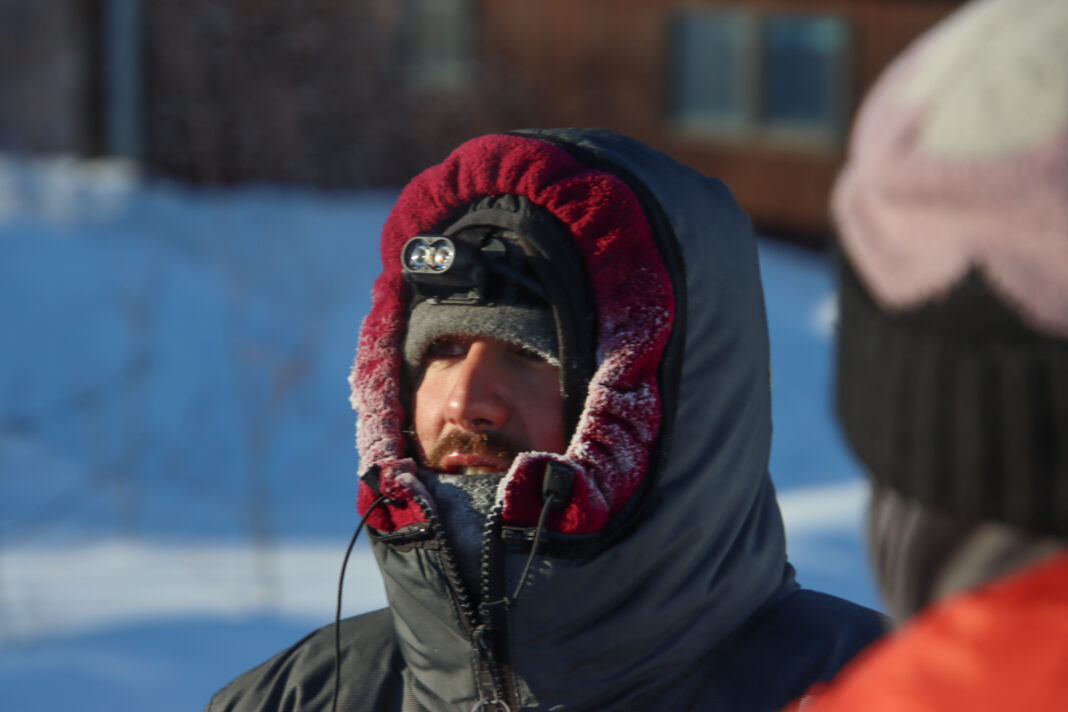Brent Sass continues to lead the Iditarod Trail Sled Dog Race as he mushes along the Yukon River toward the coast. Sass blasted through the checkpoint here at Ruby early Friday, a tiny Athabascan village.
Alaska Public Media’s Lex Treinen reports:
He stopped only to grab some cooking fuel.
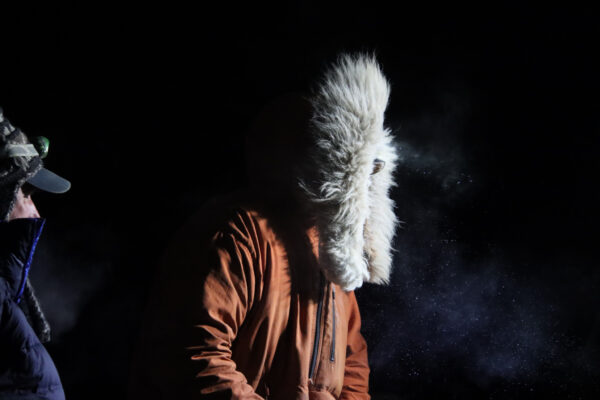
Dallas Seavey blew through the checkpoint about three hours later in second place.
While Seavey and Sass barely stopped in Ruby, at race mile 495, several other teams opted to rest here under clear skies, with temperatures in the 20s.
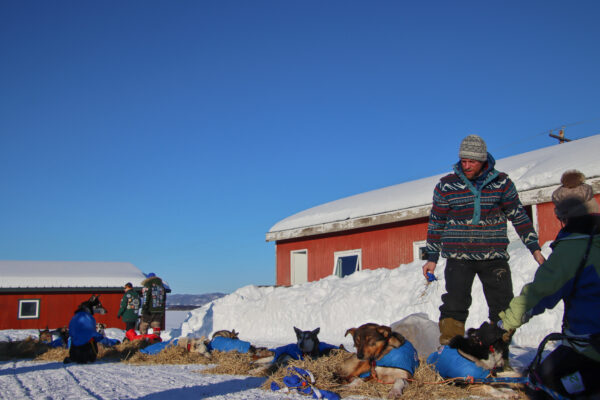
Jessie Holmes was one of the mushers on an eight-hour rest. Holmes said he stopped, in part, to avoid the mid-day heat.
“It’s getting real sunny out,” he said. “I’m so thankful that the timing worked out that I can do my eight here in the heat of the day. The dogs benefit from it, they can lay out in the sun and really relax. The sun just kind of warms up their muscles.”
This year’s Iditarod has been generally pretty warm. Teams have dealt with wet snow and soggy trail. Mushers have ditched their gloves and big puffy jackets at checkpoints while they tend to their dogs.
From Ruby, teams have about 480 miles to the finish line.
Holmes was gaming out a strategy for the rest of the trail.

He made it to Ruby with all 14 of his dogs, sending none home early. That was a pre-race goal, he said. But, he was thinking about changing his strategy because of the expected fast, smooth trail ahead on the Yukon River. He didn’t need the power of 14 dogs, and more dogs means more time doing dog chores.
“I definitely won’t be leaving here with 14,” he said. “It’s time to pare down on gear, sled parts, you know, dogs as well.”
Nearby, Richie Diehl’s team was curled up in the shade in a quiet spot behind the main dog yard. He’s running 11 dogs and said he’s excited to finally get on the river, which is more similar to the relatively flat training grounds at his home in Aniak in Western Alaska.
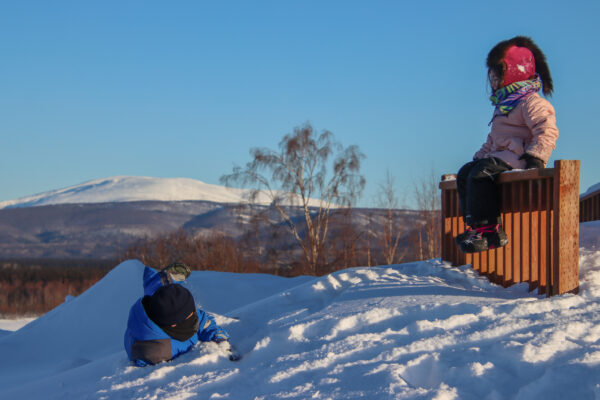
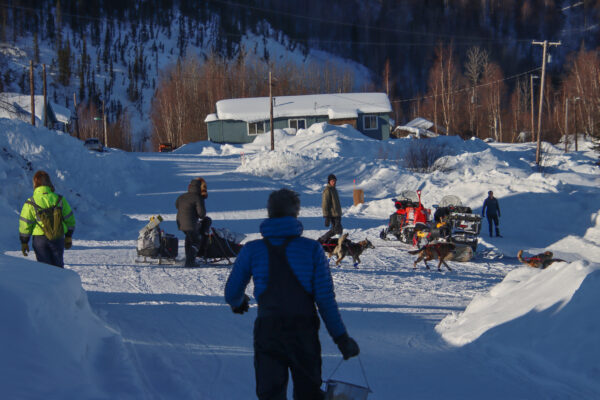
“I always like getting on the river. And I know that it can throw a lot of different things, you know, with wind and everything. But I think it’ll be good to get out there,” he said. “We’ve been dealing with the moguls from the start, and it’ll be nice to be on the river.”
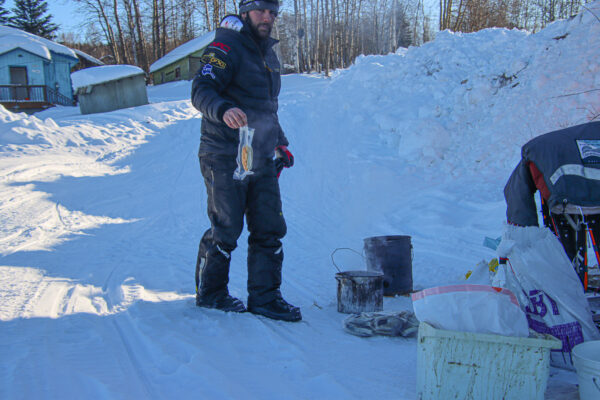
Holmes and his 12-dog team raced out of Ruby and toward Galena at 5:36 p.m. with Diehl 10 minutes behind.
They’ll chase Seavey and Sass down the trail.

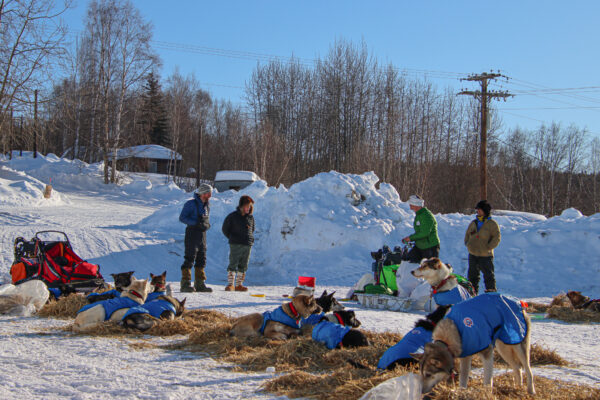
Image at top: Richie Diehl pulls into Ruby in 5th place. (Lex Treinen/Alaska Public Media)

